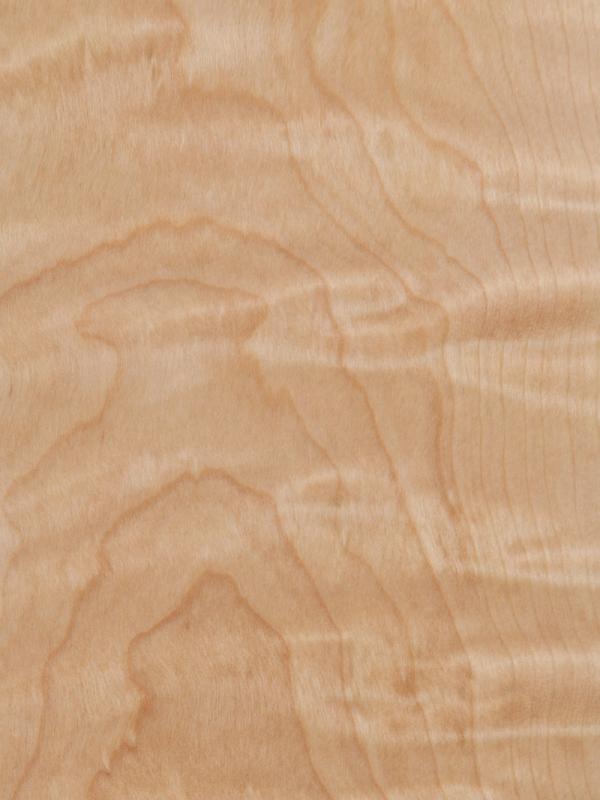
Family: Betulaceae
Latin Name: Betula.
Origin: Northeastern United States and Eastern Canada.
Common Names: Yellow Birch, American Birch, Grey Birch, Sweet Birch.
The Tree (characteristics): The Birch tree is a medium-sized tree that can reach 30 to 50 feet in height with a trunk that is 2 to 3 feet in diameter. The tree can be identified by its distinct smooth, white bark that is known to peel horizontally in thin sheets. The horizontal thin sheets are most common on younger trees. The older tree trunks have thick, deeply furrowed bark broken into irregular plates. The leaves are green, oval, and single or double serrated on the edges.
Appearance of Wood: Birch generally has a uniform, fine texture characterized by a curly, or wavey, figure. Sapwood is white while the heartwood is a light reddish-brown color.
Density: Birch is a very strong, heavy wood with good crushing strength and shock resistance. Average reported specific gravity ranges from .55 to .69 with an average dried weight of 43 pounds per cubic foot. Janka Hardness is 1,260 pounds of force.
Dry and Shrinkage: Birchwood tends to dry slowly with little degradation, however, it has moderately high shrinkage making it susceptible to movement in performance. Average reported shrinkage values are 7.3% radial, 9.5% tangential, 16.8% volumetric.
Working Properties: Birchwood tends to work easily. It takes stain, glues, and finishes very well.
Durability: Birch is not considered a very durable wood for exterior applications due to it being very susceptible to insect attack, decay, and rot when exposed to the elements.
Uses: Main uses for Birch include furniture, millwork and paneling, doors, flooring, kitchen cabinets, turnings, toys, plywood, boxes, and crates.
Availability: Birch is readily available but more limited if selected by color.